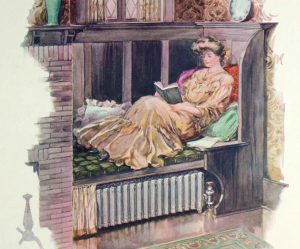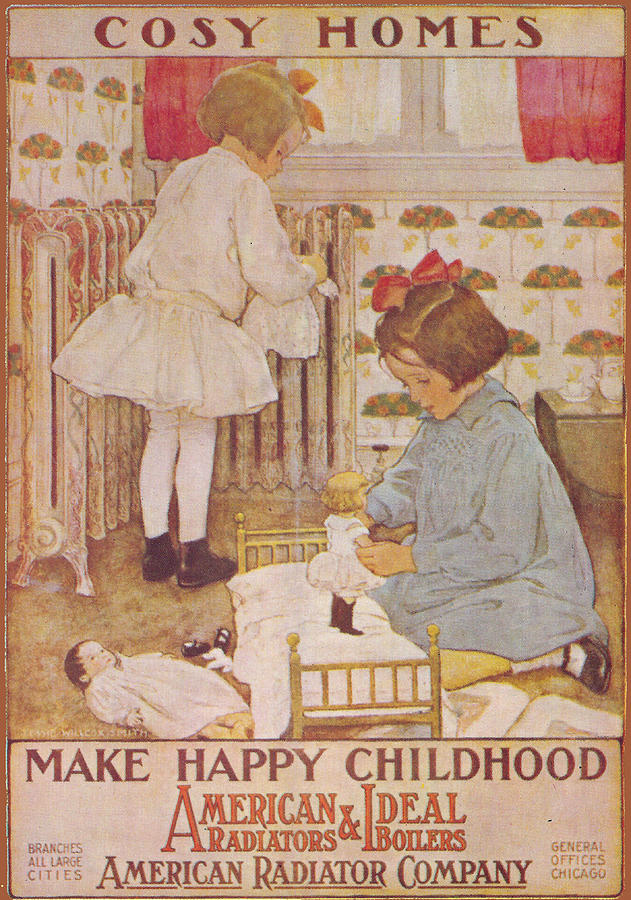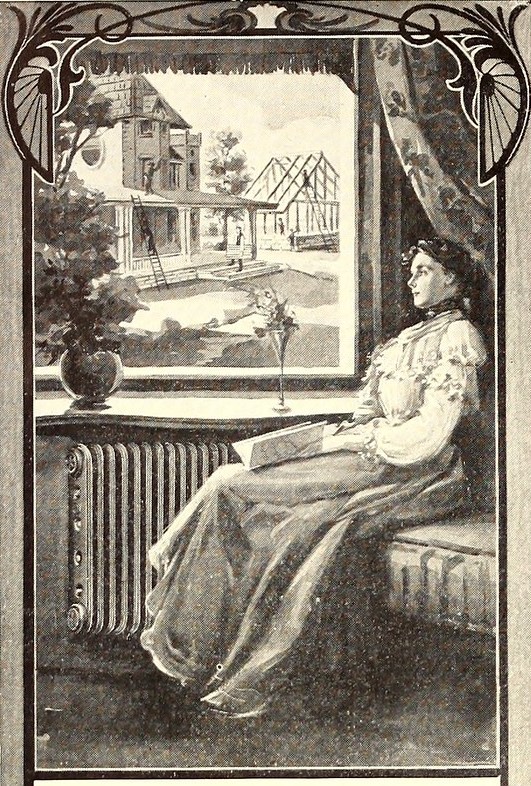
IN THE 19TH CENTURY INTEREST IN HYGIENE, PERSONAL COMFORT AND THE DECLINE IN DISEASE, WERE MET WITH THE DEVELOPMENT OF CENTRAL HEATING, WATER, PIPED GAS AND A NETWORK OF UNDERGROUND CAST IRON SEWERS. ALL OF THESE SYSTEMS IMPROVED WITH THE COMING OF THE INDUSTRIAL REVOLUTION.
MASS PRODUCTION OF CAST IRON RADIATORS MADE CENTRAL HEATING AFFORDABLE TO MANY. SOME RADIATORS WERE ELABORATE AND INCLUDED SPECIAL WARMING CHAMBERS FOR PLATES AND LINEN. ORNAMENTAL GRILLS PROVIDED DECORATIVE COVER FOR FUNCTIONAL HEATERS IN PUBLIC PLACES BY THE TURN OF THE 20TH CENTURY IT WAS COMMON TO HAVE ALL THESE MODERN AMENITIES AS AN INTEGRAL PART OF THE BUILDING.
The term ‘radiator’ is a misnomer as approximately 70 percent of the heat output from Column radiators is by convection (the circulation of warm air) not radiation. The development and mass production of radiators was an American phenomenon, the first patents dating from around 1841. Early radiators were variously shaped ‘heat distributors’, a mixture of pipes and metal plates. Then came the introduction of vertical wrought-iron welded tubes fixed between horizontal top and bottom headers. These were followed by the ‘looped tube’ type, an inverted-U, fixed to a base plate, used for both steam and hot water. Tasker in Philadelphia patented a primitive sectional radiator in 1858. It is the factory mass production of radiator sections that could be connected together that distinguishes them from pipe coils.

Another pioneer was Joseph Nason who had spent time working in England with AM Perkins. It was Perkins who devised a high-pressure system of hot-water heating in 1831 by using a solid-fuel-fired brick furnace or metal chamber, containing a sinuous coil of small-bore seam-welded wrought iron pipe. With a 6mm wall, the pipes were capable of operating at temperatures approaching 170°C and pressures close to 15 times atmospheric pressure. The system gained rapid acceptance and was installed in many important buildings but the concerns of insurance companies led to the system being operated at lower temperatures & pressures, and it was later largely discontinued. However, modified systems, converted to oil-firing can still be found in a number of churches and chapels (below). The small bore pipe was distributed around the space to be heated, sometimes rising in banks of concertinaed coils like a modern radiator.

